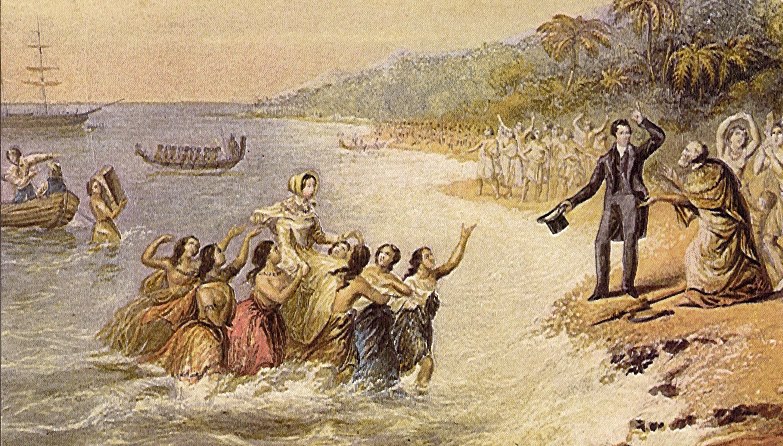The story of early Christian Mission work on the southern islands of Vanuatu remained largely forgotten in the 21st century until ‘reconciliation’ ceremonies with the families of missionaries killed in the 1800s brought Erromango back to the attention of the wider world. Archaeology related to early cross-cultural encounters between Melanesians and Missionaries has likewise been little explored until recently, especially outside of Aneityum, which was the first Christian island in Vanuatu. Three years of archaeological survey and test excavation on Tanna and Erromango islands has revealed some intriguing data about the complex relationships between conversion, kastom (a shorthand term for traditional Melanesian cultural practices), landscapes, and material culture. This talk will summarize some of the highlights from five of the mission stations and surrounding landscapes investigated as part of this project, in order to show the value of archaeology for understanding mission life in the Pacific and beyond.
